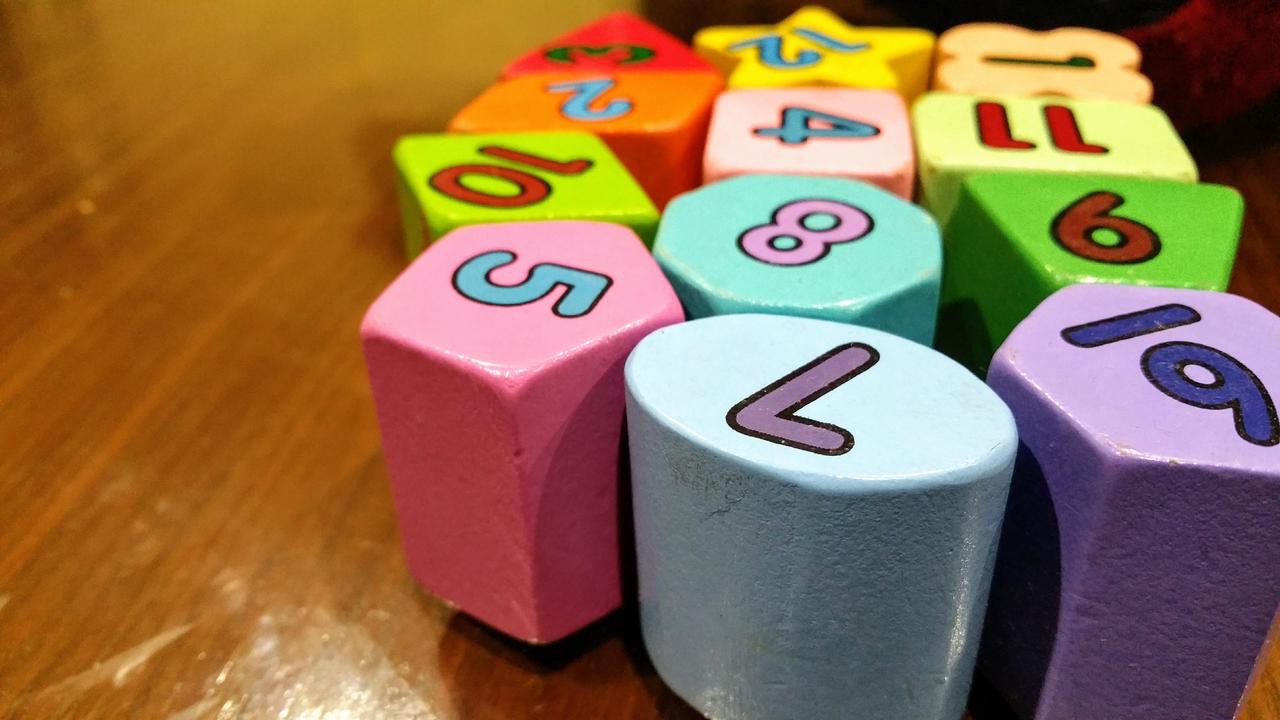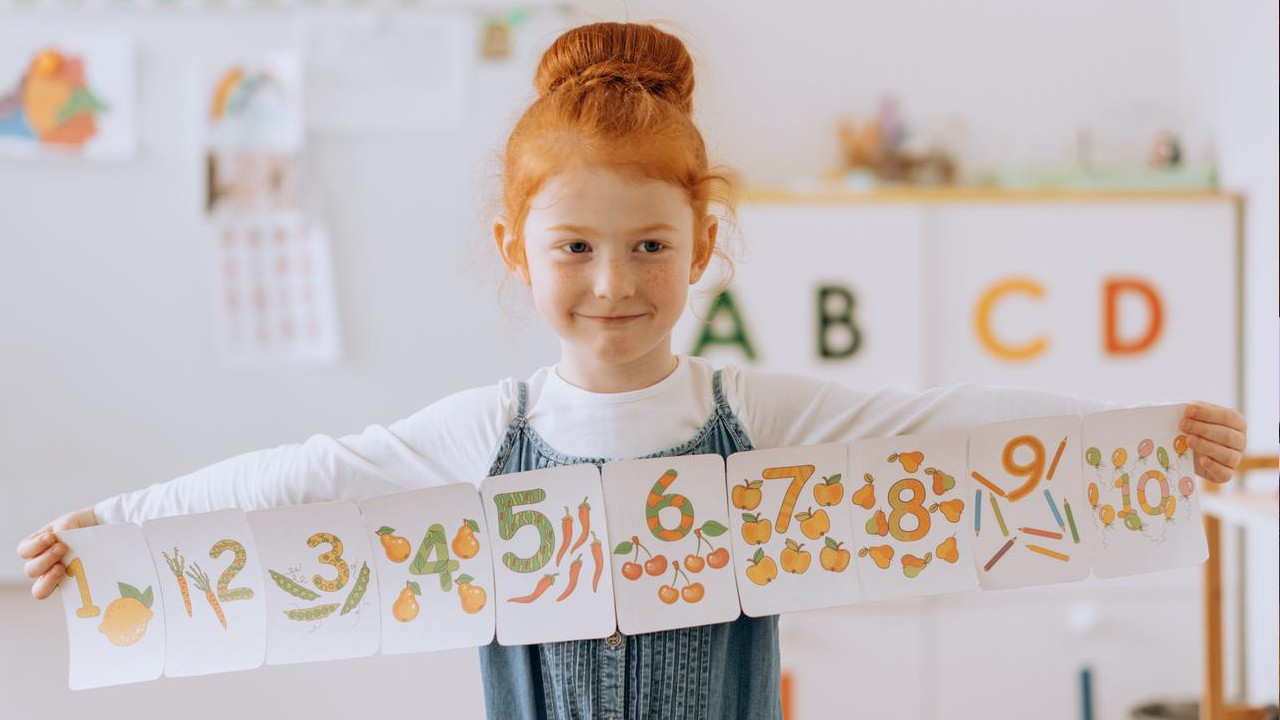
What do you think about when you hear kindergarten math? Coloring? ABCs? Is there even a need for mathematics in kindergarten? But did you know even at a young age, kindergarteners learn some foundational math skills they will build on their entire academic careers? These pivotal skills are must-haves and Spark Math by Spark Education is here to cover the most essential ones. Here are the top 3 kindergarten math concepts your child should take into 1st grade.
1. The Foundation of Geometry: 2D and 3D Shapes
Geometry in kindergarten? Don’t expect your child to tell you the Pythagorean theorem, but do look for them to know basic and more advanced shapes.
2D Shapes
Starting in Pre-K, students should become well acquainted with basic shapes such as triangles, squares, circles, and rectangles. As they progress, they should move up to shapes with more sides, like hexagons and octagons. At a minimum, children must be comfortable with identifying and drawing (to the best of their abilities) these 2D shapes. This will give them a solid platform for learning area, perimeter, and more complex geometry.
3D Shapes
3D shapes are everywhere in everyday lives. Learning 3D shapes can help kindergarteners relate their learning more clearly to the world around them. These younger students should know common 3D shapes such as cylinders, cones, cubes, and spheres. They may not be applying math concepts to 3D shapes for several years; however, it’s quite beneficial to know as many of them as possible.
With shape recognition comes a few practical skills many don’t think about it. This can help children differentiate objects more easily and organize them based on their shape. Shapes also become important pieces in higher-level geometry and trigonometry.
2. Counting and Writing Numbers 0-20 from Any Number
Ideally, Pre-K children should be counting to 20 and beyond before they even hit kinder. Things get a little trickier when they must write them out and even more when they need to start from any number.

Writing Numbers
The great thing about numbers is that once children learn the digits 0-9, they can make any number with the right knowledge. Handwriting is always a work in progress for kindergarten students, but writing from 0-20 is easily achievable. Students need this skill as they move to math by hand. Hopefully, once they get to 20 and understand the pattern, they will go all the way up to 100!
Counting from Any Number
It is a common pitfall for kids to memorize and recite counting numbers. This can leave students baffled when asked, “What comes after 9 and before 11?” Our team remedies this by reinforcing how to start counting from any point in the sequence. This makes sure that numbers can become definable quantities instead of just a word they memorize and chant back.
It is well within reason students will move beyond 20 by the end of kindergarten. Pay close attention to your child and make sure they can not only count to 20 but can write it and do it from any point in the sequence.
3. Addition and Subtraction from 0-10
This is the BIG one and the more daunting task for kinder students. Students simply can not move forward without mastering the ground floor of math. This is something they will build to by first learning to count and then being able to count from any number below 20.
Addition
Adding tends to be the easier concept naturally for students. This is where visual learning can play a huge part for younger students. Using props and visuals to represent adding will help struggling students. Parents can also support their students at home using their favorite toys and food to help them grasp the concept of adding.
Subtraction
Subtraction can be even more intimidating than addition for some students. Again, leaning on visual learning will put subtraction into terms young learners can process. Using the same methodology, parents can use familiar objects to simulate taking away.
These 2 concepts might seem scary at first, but things will fall in line with practice and support. Make sure your student has addition and subtraction under control by the end of kindergarten.
Master Kindergarten Math with Spark!
Kindergarten will not be introducing complex math, but it will be the most important step on your child’s math journey. Do your best to support your child and make sure they come out the other side of kindergarten knowing the bare essentials of math.
Don’t forget to check out our remaining series: Top 3 Math Concepts for Grades 1-5 below:
Kindergarten – First Grade – Second Grade – Third Grade – Fourth Grade – Fifth Grade
Learn more about how Spark Math by Spark Education helps test preparation, grows math scores, and makes learning fun for your child! Classes are for children ages 5-12. Sign up for a FREE trial class today!




